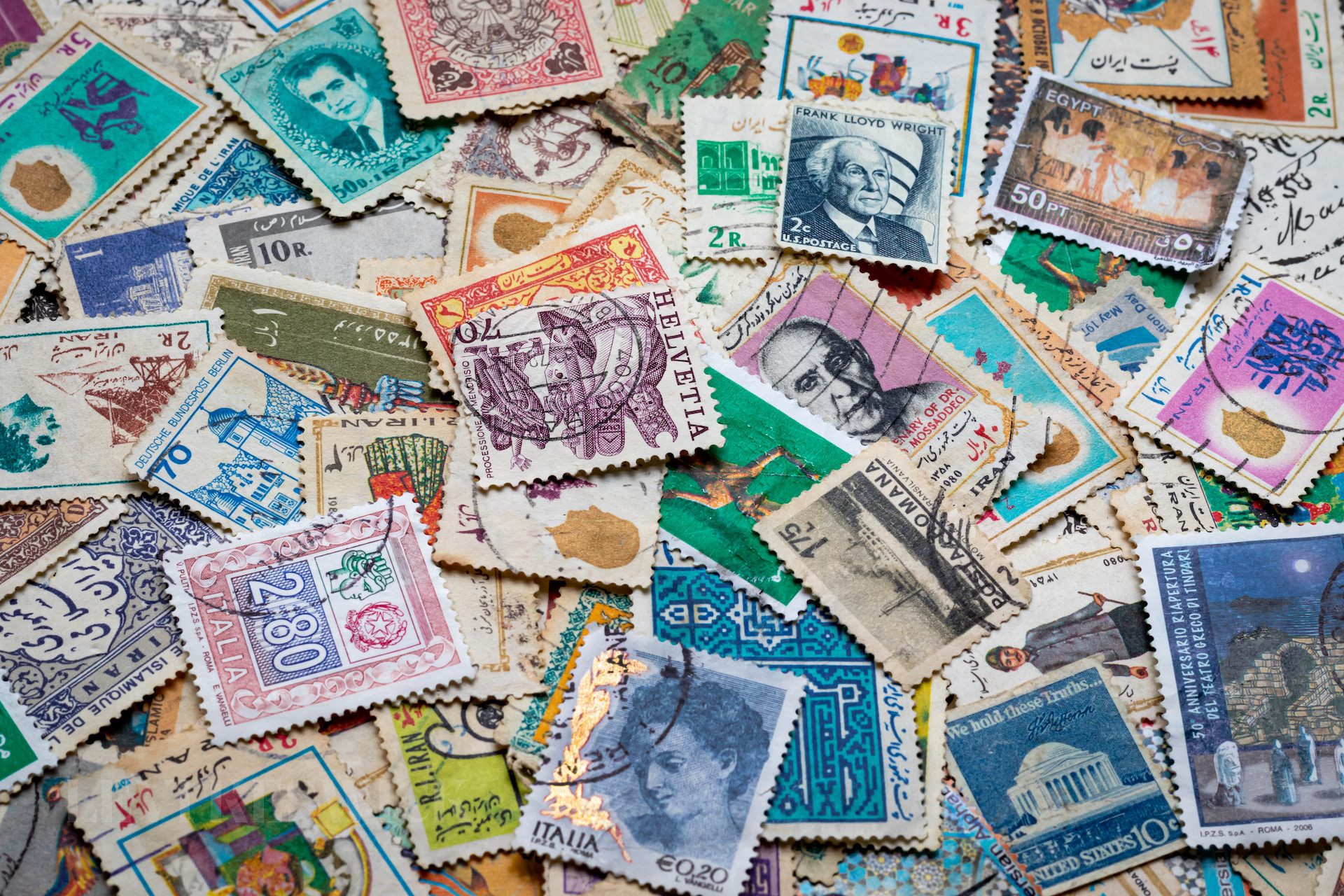Key Takeaways:
- The rich history encapsulated in valuable china stamps reveals more than just their monetary value.
- Notorious events, printing errors, and unique design features contribute to the rarity and desirability of these stamps.
- While some stamps gain value due to historic significance, others garner attention due to accidental deviations.
Contents
show
The Story Behind the Stamps
- The Emblematic Red Stamp of 1969: Once heralded as the successor to Chairman Mao Zedong, Lin Biao’s tragic demise in a plane crash led to the rarity of the 1969 stamp bearing his visage alongside Mao. Few stamps remain in circulation, with any showing Biao often defaced or altered, leading to its premium valuation.
- Red Revenue’s Timeless Legacy: China’s induction into the Universal Postal Union in 1897 saw the release of the distinguished “1 dollar” overprint. These stamps, particularly the ones with the narrow overprint, have become synonymous with rarity, amplifying their allure to collectors.
- The Notorious Map Error Stamp: This stamp, with its map error, stands as a testament to the challenges of accurate representation in an era of geopolitical flux. Issued in 1968, its erroneous portrayal of the territory doubled its size, ensuring its spot in philatelic lore.
When Mistakes Translate to Millions
- The Surcharge Invert from 1925: Stamps, like any art form, are susceptible to human error. The inverted surcharge on this 1925 specimen exemplifies how these mistakes can lead to increased valuation, transforming otherwise regular stamps into invaluable assets.
- The 3-Cent Red Revenue Stamp Anomaly: A slight deviation in the overprint color – from black to green – on this 1897 stamp has sparked intrigue among philatelists. This variation is believed to be the result of using a previously utilized plate, inadvertently introducing this rarity into the market.
From Spiritual Gates to Political Greats
- Classics Inverted Stamp: Featuring the gateway to the Temple of Buddha, this 1915 stamp usually commands modest prices. Yet, an inverted center on one particular print run skyrocketed its value, underscoring the unpredictable nature of philately.
- The Sun Yat-Sen Inverted Portrait: Sun Yat-Sen, an instrumental figure in China’s history, graces many a stamp. However, an inverted portrait from a series printed in New York in the early ’40s has made this particular stamp a sought-after collector’s item.
Stamps That Chronicle Political Ties
- 1952 Series – The Hieroglyph Error: Stamps often serve as markers of political ties. The 1952 series, designed to commemorate the October Revolution’s anniversary, inadvertently included an extra hieroglyph, thereby misrepresenting the event’s timeline. This serendipitous error made it a unique find among valuable china stamps.
Conclusion
While the financial valuation of these valuable china stamps is undeniable, the stories they encapsulate and the histories they recount make them truly priceless. For collectors, these miniature art pieces offer a gateway into China’s rich past, with each stamp narrating tales of political intrigue, cultural shifts, and the indomitable human spirit. Whether you’re a seasoned philatelist or a novice enthusiast, China’s stamps stand as timeless tokens of a nation’s journey.








